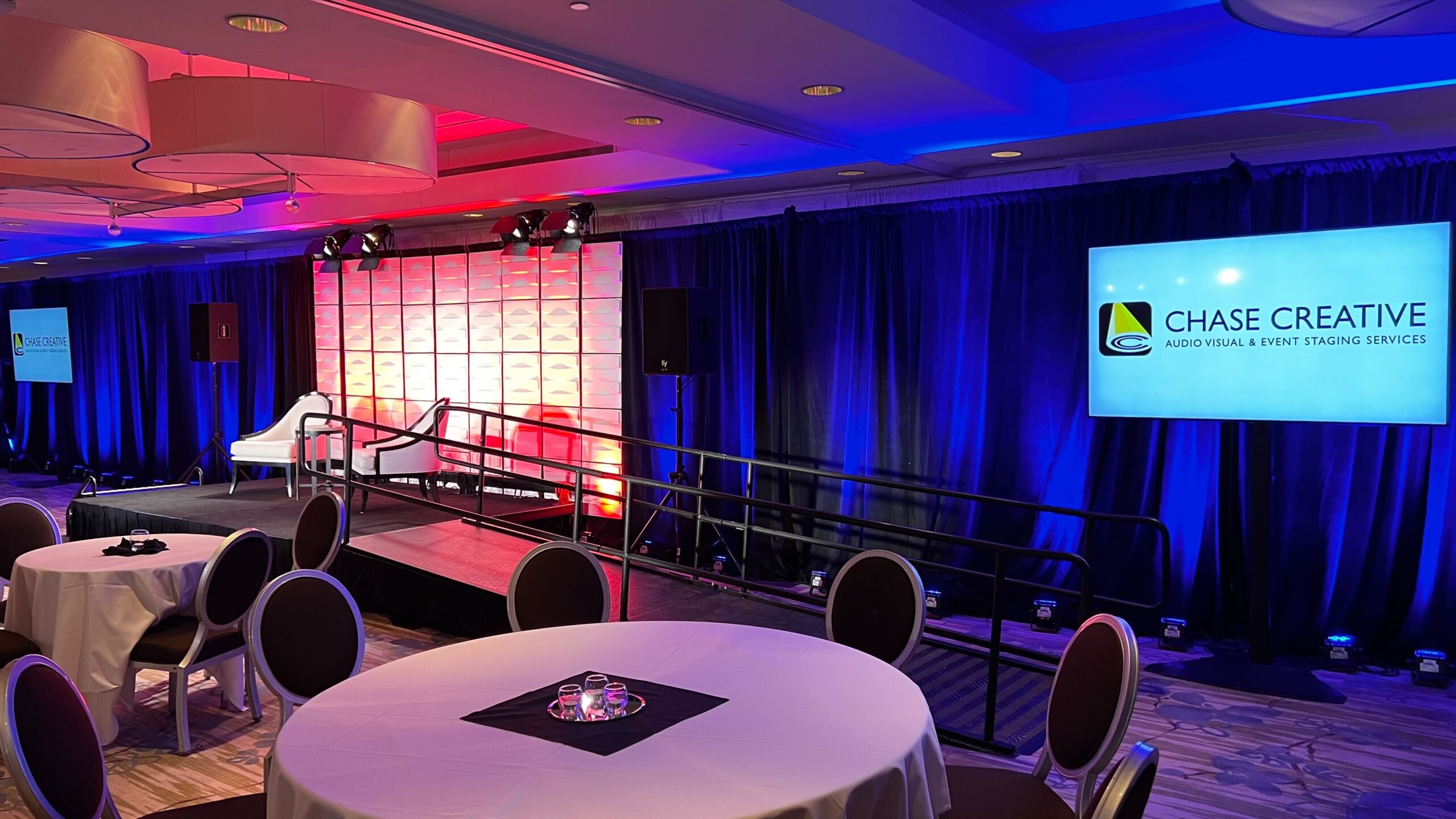Whether you’re planning a big conference, a product launch, or a corporate party, the success of your event depends on smooth execution.
To ensure your event hits all the right notes, here are some practical tips for streamlining your event staging process.

1. Start with Rock-Solid Planning
A top-notch event starts with defined planning. Here’s how to make sure you nail every detail:
– Set Clear Goals:
Understand what you aim to achieve.
Are you generating leads, launching a new product, or celebrating a significant milestone?
Clear objectives will steer every decision you make.
– Create a Detailed Timeline:
Lay out every stage of your event, from initial planning to post-event wrap-up.
Establish deadlines for each task and ensure your team is fully informed.
– Smart Budgeting:
Allocate your budget thoughtfully across all areas from the venue and equipment to
staff and cutting-edge technology.
A well-planned budget prevents overspending and ensures all critical elements are covered.
2. Partner with Industry Pros
Collaborating with experienced professionals can elevate your event. Here’s how to choose the right partners:
– Select a Skilled AV Team:
Partner with an audio/video production team renowned for their expertise in B2B events. They will be experts in handling complex setups and offer creative solutions tailored to your unique needs.
– Use Advanced Technology:
Utilize the latest in presentation technology to captivate your audience such as using interactive displays, high-definition video, and immersive sound systems to make your event unforgettable.
– Maintain Open Communication:
Keep the lines of communication open with your vendors and partners. Regular updates and check-ins ensure everyone is aligned and ready to tackle any last-minute challenges.
3. Flawless On-Site Execution
The day of the event is where your planning truly pays off. Here’s how to keep things running smoothly:
– Conduct Thorough Rehearsals:
Schedule detailed rehearsals to test all equipment, run through presentations, and coordinate with speakers. This helps identify and resolve potential issues before they become problems.
– Define Roles Clearly:
Ensure every team member knows their specific responsibilities. Clear role assignments prevent confusion and guarantee all aspects of the event are covered.
– Implement Real-Time Communication:
Equip your team with tools or mobile apps to enable quick, efficient communication. This facilitates immediate problem-solving and coordination.
4. Post-Event Analysis and Feedback
After the curtain falls, take time to review and learn from the experience:
– Gather Attendee Feedback:
Use surveys or feedback forms to capture attendee insights. Their perspectives can offer valuable information on what worked and what needs improvement.
– Team Debriefing:
Hold a post-event meeting with your team to discuss successes and areas for improvement. Document these discussions to refine your process for future events.
– Analyze Performance Metrics:
Review key performance indicators (KPIs) such as attendee engagement, satisfaction rates, and ROI. This analysis helps measure the event’s success and pinpoint areas for enhancement.

That’s how you can deliver high-quality events that achieve your goals and leave a lasting impression.
Use A/V technology, build strong partnerships, and continually refine your approach to ensure your events stand out and succeed.
Looking for further help for your upcoming event? Reach out to us today.
